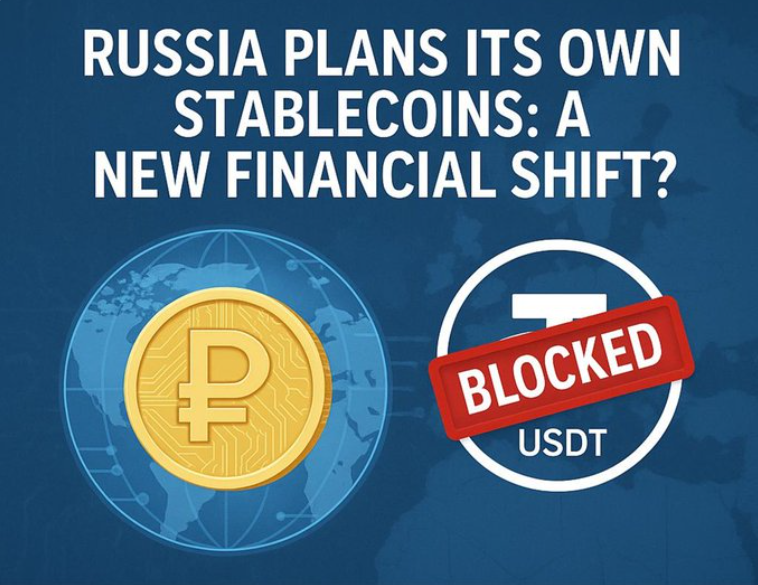- Russian ruble stablecoin needs untraceable, non KYC transactions and overcollateralization like Dai to compete with Tether.
- It should offer cheap, unblockable transactions and interest, but Russia’s strict laws make a Russian ruble stablecoin tough to launch.
- Russia’s Finance Ministry supports a Russian ruble stablecoin, while a digital ruble is planned for late 2025, but trust and regulation are big challenges.
The Russian ruble stablecoin was a big topic at the Blockchain Forum in Moscow on April 23, 2025. Sergey Mendeleev, who started Exved and used to run the now sanctioned Garantex exchange, talked about what it would take to make a Russian ruble stablecoin work like Tether, a popular digital coin tied to the US dollar.
He shared seven things it would need but said Russia’s strict rules make it a tough goal.
Russian Ruble Stablecoin Needs
Mendeleev said a Russian ruble stablecoin should let people send money without anyone tracking them. It should also work without asking for personal details through those Know Your Customer (KYC) checks that confirm who you are.
To make people trust it, the stablecoin should be backed by more assets than it’s worth, kind of like the Dai stablecoin, which uses smart contracts.
This way, everyone can check the assets using simple crypto tools, and they’re not hidden somewhere questionable.
It also needs to be easy to trade, with plenty of it available on both regular and decentralized exchanges so people can buy or sell anytime.
Regulatory Challenges
Transactions should be cheap and safe from being stopped or frozen by smart contracts, keeping things smooth and affordable. Plus, people should be able to earn a bit of interest on their Russian ruble stablecoin through smart contracts, giving them a reason to hold onto it.
Mendeleev pointed out that the main issue is it has to follow Russian laws, which is tricky because Russia’s rules are super strict and lean toward controlling everything.
He mentioned that a lot of these ideas are already out there in projects like the ruble based A7A5 stablecoin or Dai’s unblockable contracts, but no one’s put them all together yet.
The hardest part is Russia’s regulations, which are pushing for more control, not less. On top of that, people need to trust the Russian ruble stablecoin as much as they trust something like Tether’s USDT, which is a big challenge.
There’s talk that Russia’s Finance Ministry wants a Russian ruble stablecoin to depend less on dollar based coins like USDT. At the same time, the Bank of Russia is working on a digital ruble, a government backed digital currency, planned for banks in late 2025.
Mendeleev thinks the tech is ready, but with Russia’s tough rules, creating a Russian ruble stablecoin that can compete is going to be really hard.
Also Read: Gold Backed Cryptocurrencies Rise as Global Trade Faces Uncertainty



